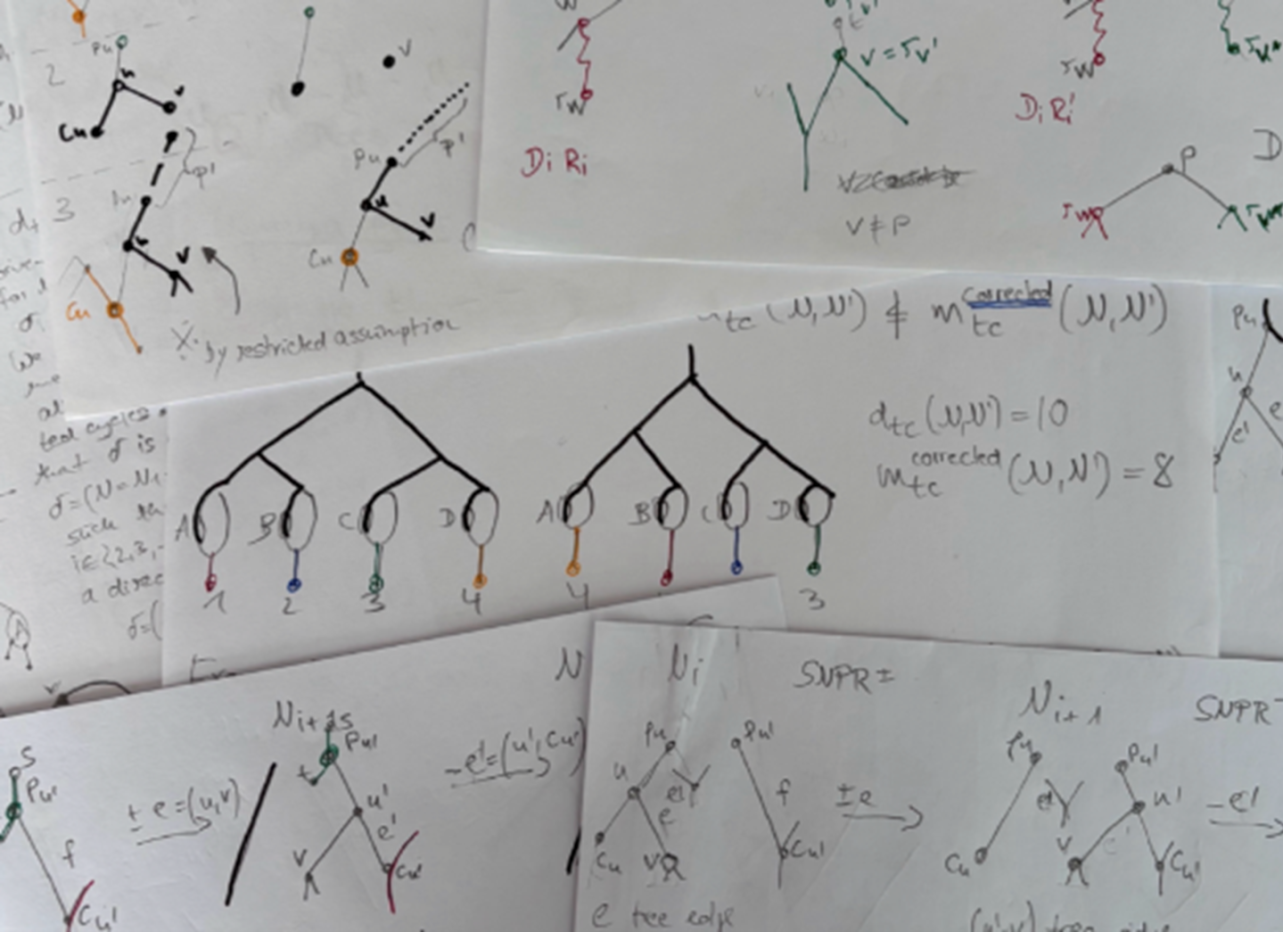To tree or not to tree: New algorithms to better represent evolution

Evolutionary trees have a long history of use in biology, but they don’t always tell the whole story. Associate Professor Simone Linz, from Waipapa Taumata Rau — the University of Auckland, is developing new mathematical tools for generating evolutionary networks, with potential benefits for many areas of biology and medicine
Evolutionary trees are used for many different purposes in biology, including tracing the spread of pandemics and the progression of cancer. However, these trees can’t easily account for common evolutionary processes such as hybridisation or recombination, where genetic information is passed between different lineages. These processes are especially relevant in bacteria and viruses (for example, allowing bacteria to develop resistance to antibiotic drugs). Evolutionary networks more accurately represent reality than trees, but they quickly become prohibitively complex as more data is added.
For this Marsden Fund Standard grant, Associate Professor Linz will develop new theory and algorithms that make it feasible to create evolutionary networks based on large genetic datasets. The plan is to use “divide and conquer” algorithms to break each problem into bite-sized chunks, solve its subproblems, and then reassemble the solutions into an overarching network.
This will allow researchers in Aotearoa New Zealand to maintain their global reputation for pioneering theories and applications in the field of phylogenetics. The findings should also enhance our ability to respond to future pandemics and other health crises.

Associate Professor Linz's handwritten notes and evolutionary networks (photo supplied)
